The Pros and Cons of Big Subwoofer Drivers | SVS
Low frequency extension and sound pressure level (SPL) are widely considered the two most important factors of a subwoofer’s performance. The laws of physics dictate that a massive subwoofer driver has the potential to produce greater SPL and deeper bass than a smaller subwoofer driver. The ability to shake our pantlegs, pound our chest, and make it feel like the room is breathing with greater intensity, these are the strengths of a properly engineered big subwoofer driver.
SPL and low frequency extension aren’t the only important measures of performance, however, and not all big drivers perform with equal aplomb. Accuracy, speed in transients and the ability to blend seamlessly with full range speakers are also critical factors when judging the performance of any sized subwoofer, and a subwoofer driver is only as good as the motor and amplifier backing it up so a bigger driver doesn’t always mean better performance.
Pitfalls of Big Subwoofer Drivers
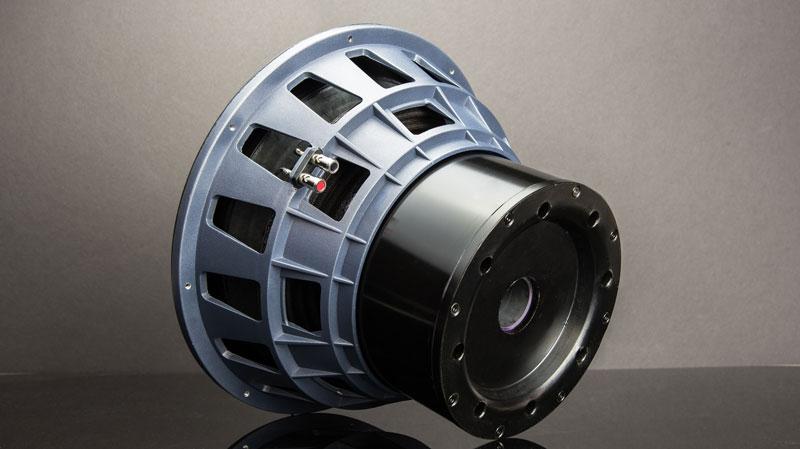
Acoustically, subwoofers with 15-, 18- and 20-inch drivers are more susceptible to boominess and distortion compared to subwoofers with 10-, 12- or 13-inch drivers because the pistonic movement of such a large surface area is harder to control. Poorly designed big subwoofer drivers with inadequate motors don’t produce accurate bass and struggle to start and stop on a dime. This results in low frequency output that can sound smeared, boomy or bloated and detract from the convincingness of an audio experience.
It’s even possible for a subwoofer with a 10- or 12-inch driver to outperform a subwoofer with a larger driver if the motor magnets in the smaller subwoofer can generate greater force and exert better control over the driver. It’s also the reason why a subwoofer’s driver size can be overrated when determining the overall performance. Put simply, a big driver is harder to control, and offers no guarantee of greater SPLs or deeper bass than a small subwoofer.
Engineering Challenges of Big Subwoofer Drivers
A subwoofer driver is only theoretical bass. The bigger the driver, the more amplifier current and magnetic energy required to power and control the pistonic motion, and this current only gets you so far.
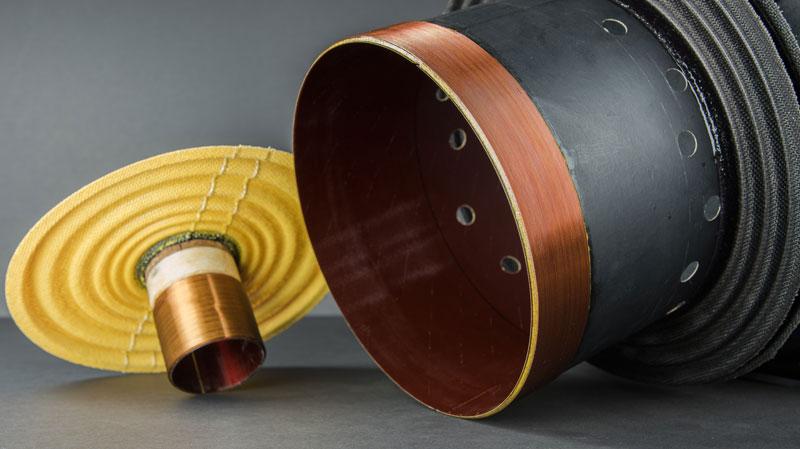
The current must be fed efficiently through the voice coil that lives in the magnetic gap of the motor magnets. The amount and direction of the current through that coil of wire makes an electro-magnetic field which reacts against the permanent magnetic field of the motor magnets. This will push and pull on the voice coil, which then moves the driver cone to extreme excursion levels so enough air is moved. This movement of air is the sound we hear and feel, including palpable SPLs and bass notes below the limits of human hearing. The more challenging part is to simultaneously maintain pinpoint control of the big driver so it only plays the musical notes and subsonic frequencies that are meant to be heard and felt, and not unwanted distortion.
Defeating Big Subwoofer Driver Pitfalls
When embarking on a 16-inch driver, SVS engineers sought to win the output and deep bass extension battle without sacrificing accuracy in frequency response and speed in transients. This was the main reason it took over 2 years of development (including a lot of blown drivers) before SVS had a design that met the reference level power and pinpoint accuracy standards of all its subwoofer designs.
The turning point for the 16-Ultra Series subwoofers involved several key innovations. The first was an 8-inch edge wound voice coil, the largest ever deployed in a consumer subwoofer. The massive voice coil girth allows the woofer to exert complete control over the 16-inch Ultra driver and remain accurate and distortion-free with pinpoint speed in transients, even at reference playback levels. Four of the heaviest toroidal ferrite magnets ever used in a subwoofer generate unprecedented levels of magnetic force and machined motor elements produce astounding levels of low frequency output with minimal distortion. The cone material consists of a premium fiberglass resin composite that moves extreme amounts of air and sonic energy without ever flexing or losing control.
Pushing the driver and motor assembly with effortless power is a conservatively rated 1,500 watts continuous, 5,000+ watts peak power Sledge STA-1500D amplifier with a fully discrete MOSFET output. A discrete MOSFET output unbridles the nearly limitless power in the Sledge amplifier and propels the 16-inch driver to extreme levels of performance. MOSFETs also represent an upgrade over the less robust integrated circuit output stages found in nearly all other Class D subwoofer amplifiers.
Harnessing the nearly limitless power is a 50 MHz Analog Devices Audio DSP with 56bit filtering. This advanced DSP is the most sophisticated processing engine ever used in a consumer subwoofer and gives the 16-Ultra subwoofer’s refined behavior and pristine output, while enabling precise tuning so the perfect amount of low frequency energy is unleashed at just the right time and just the right frequency.
Finding the Right Big Subwoofer
Driver size, SPL and low frequency extension are always critical factors, whether you’re choosing a big or a small subwoofer. Understanding the benefits and pitfalls of big subwoofer drivers, the technology behind them, and the things to look for when researching big subwoofers will always help you in your quest for the ultimate bass experience.
SVS makes a variety of powered home audio subwoofers to fit every room, audio system and budget. Browse all SVS subwoofers and use the compare tool to look at features and specifications side-by-side as you choose the best subwoofer for your system. Have questions? Ask in the comments, or our Sound Experts are available 7 days-a-week to help you choose the best subwoofers based on your personal set-up and listening preferences.
Browse SVS Subwoofers by Series

1000 Pro Series
Reference performance hits an all-time low with the 1000 Pro Series. Includes all-new 12-inch high-excursion drivers, 325 watts RMS, 820+ watts peak power amplifier with discrete MOSFET output, 50 MHz Analog Devices DSP, and the SVS subwoofer control smartphone app for advanced tuning and control.
View 1000 Pro Series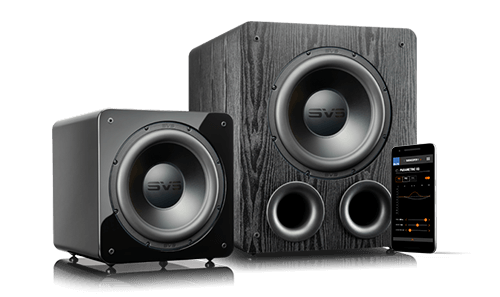
2000 Pro Series
Complete reimagining of the most popular SVS subwoofer models of all-time. The 2000 Pro Series feature 12-inch high-excursion driver and 550 watts RMS, 1,500+ watts peak power amplifier with advanced DSP tuning and smartphone app control.
View 2000 Pro Series
3000 Micro
Chest-pounding, musical bass with depth and slam from a shockingly compact 10-inch cabinet. SVS 3000 Micro seamlessly blends into any speaker system, energizing a space with effortless output from dual active 8-inch drivers and an 800 watt RMS, 2,500+ watt peak amplifier. Also features SVS subwoofer control app.
View 3000 Micro
3000 Series
Reference performance hits new lows. The 3000 Series feature 13-inch high-excursion driver with 800 watts RMS, 2,500+ watts peak power amplifier with fully discrete MOSFET output and SVS smartphone app for convenient DSP and control.
View 3000 Series
4000 Series
Reference quality bass, groundbreaking SVS value. The 4000 Series feature 13.5-inch high-excursion driver, 1,200 watts RMS, 4,000+ watts peak power amplifier with fully discrete MOSFET output and SVS smartphone app for convenient DSP and control.
View 4000 Series
16-Ultra Series
The ultimate reference standard for bass. The 16-Ultra Series feature a 16-inch high-excursion driver with 8-inch voice coil, 1,500 watts RMS, 5,000+ watts peak power amplifier with fully discrete MOSFET output and SVS smartphone app for convenient DSP and control.
View 16-Ultra SeriesAudio System Setup Articles
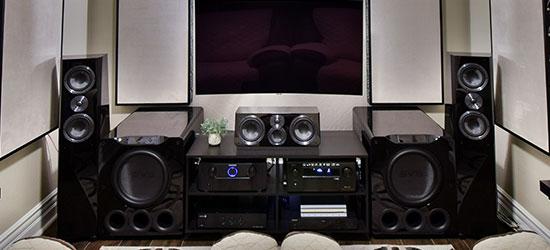
5 Ways to Improve the Sound of Your TV

Which Sounds Better, Vinyl or Digital Music?
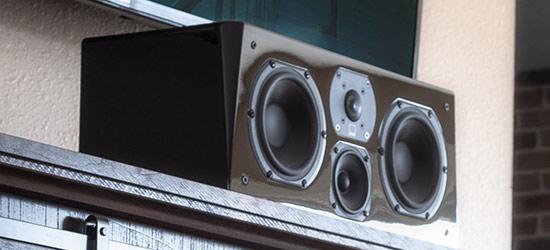
Why a Center Channel is the Most Important Speaker in Your Home Theater
Share Your Thoughts




